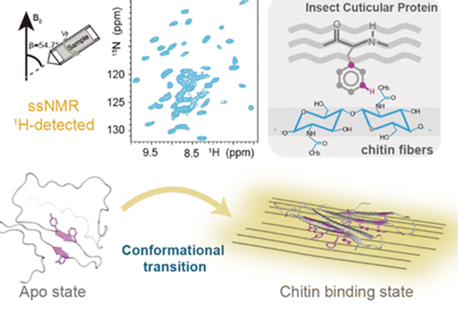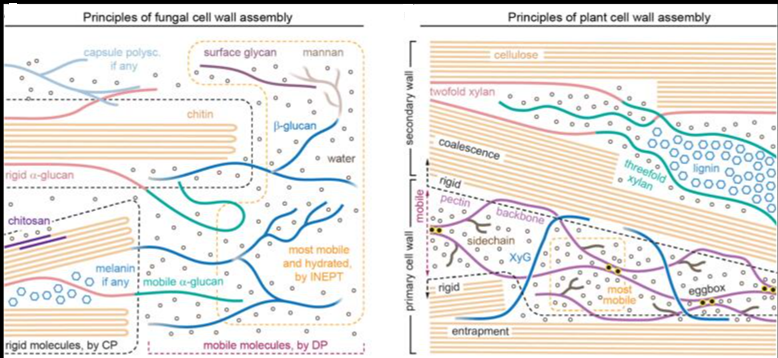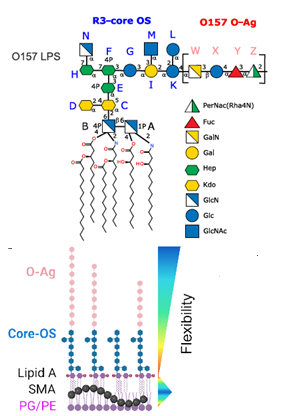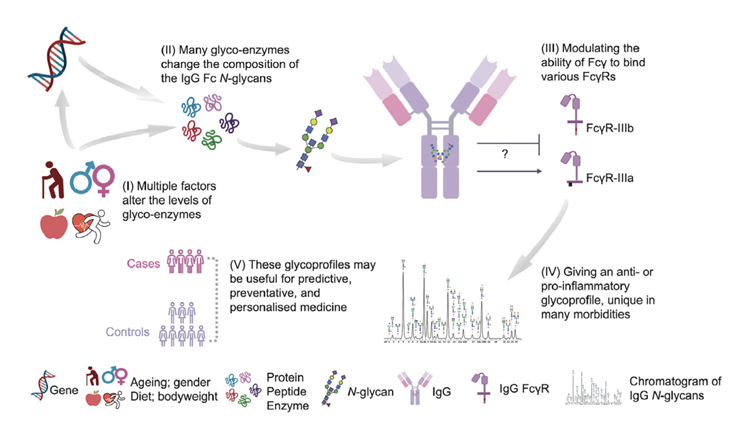The Worldwide Protein Data Bank (wwPDB) has provided validation reports based on recommendations from community Validation Task Forces for structures in the PDB since 2013. To further enhance the validation of small molecules as recommended from the 2016 Ligand Validation Workshop, wwPDB, Global Phasing Ltd., and the Noguchi Institute, recently formed a public/private partnership to incorporate some of their software tools into the wwPDB validation package.
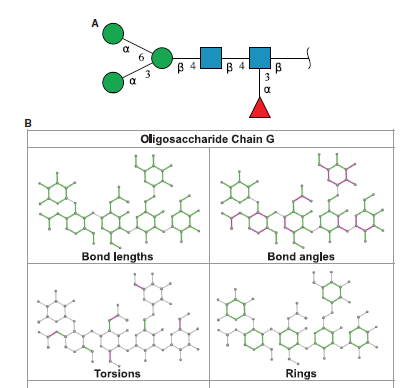
Augmented wwPDB validation report features include: two dimensional (2D) diagrams of small-molecule ligands and carbohydrates, highlighting geometric validation outcomes; 2D topological diagrams of oligosaccharides present in branched entities generated using 2D Symbol Nomenclature for Glycan representation; and views of 3D electron density maps for ligands and carbohydrates, illustrating the goodness-of-fit between the atomic structure and experimental data (X-ray crystallographic structures only). These improvements will impact confidence in ligand conformation and ligand-macromolecular interactions that will aid in understanding biochemical function and contribute to small-molecule drug discovery.

